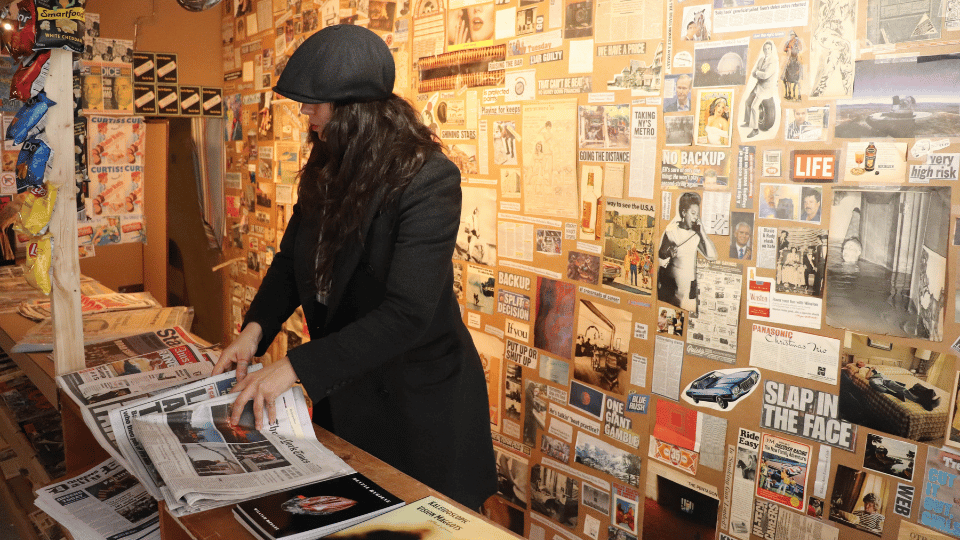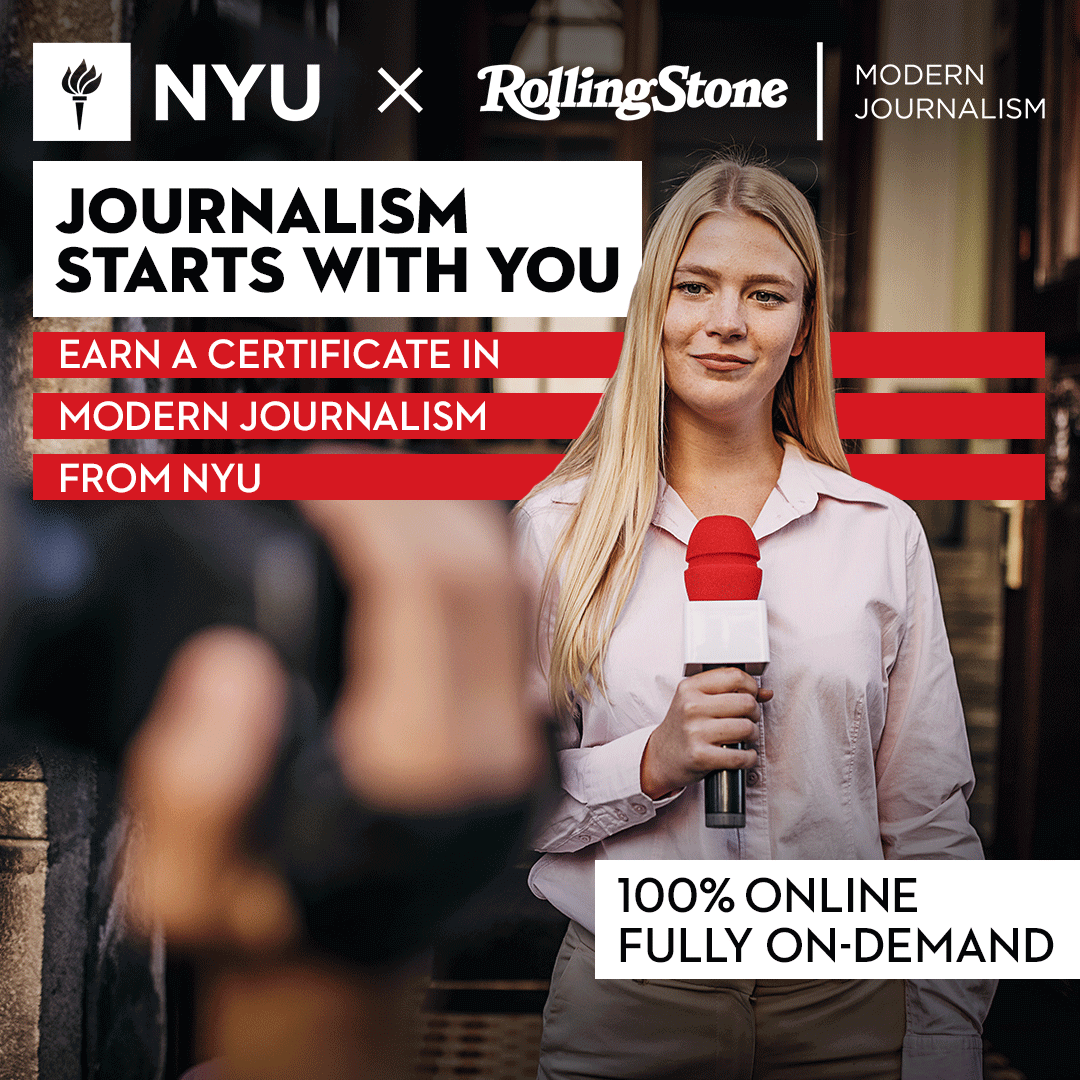Editorial Illustrator Jobs: Expert Tips & Insights
Are you passionate about art and storytelling? Do you have a knack for capturing the essence of written content through visual representations? If so, a career as an editorial illustrator might be the perfect fit for you! Editorial illustrators play a vital role in the publishing industry by creating captivating and engaging visuals that accompany written articles, stories, and news pieces. In this article, we will explore the world of editorial illustrator jobs, discussing the skills needed, the job responsibilities, and the various industries where these talented professionals can thrive. So, if you’re ready to embark on a creative journey that combines art and storytelling, keep reading to discover everything you need to know about editorial illustrator jobs.
What is an Editorial Illustrator?
Before diving into the details of editorial illustrator jobs, let’s first understand what an editorial illustrator does. An editorial illustrator is an artist who collaborates with writers, editors, and publishers to visually enhance written content. They create illustrations, graphics, and images that complement and enrich the reader’s experience. Their work can be found in newspapers, magazines, online publications, books, and other forms of media.
Skills Required for Editorial Illustrators
Becoming a successful editorial illustrator requires a unique set of skills and abilities. Here are some essential skills that can help you thrive in this field:
- Artistic Skills: As an editorial illustrator, you need to have a strong foundation in drawing, painting, and other traditional art techniques. Being able to create visually appealing and conceptually strong illustrations is crucial.
- Creativity and Imagination: Editorial illustrators are storytellers through visuals. They need to think creatively and come up with unique and engaging ways to depict ideas and concepts.
- Communication Skills: Collaboration is a key aspect of editorial illustration. You must be able to effectively communicate and understand the vision and requirements of writers, editors, and clients.
- Time Management: Editorial illustrators often work under tight deadlines. Being able to manage your time efficiently and deliver high-quality work within the given timeframe is essential.
- Adaptability: The publishing industry is constantly evolving, and editorial illustrators need to adapt to new technologies, trends, and styles. Being open to learning and embracing change is crucial for a successful career.
Job Responsibilities of an Editorial Illustrator
The job responsibilities of an editorial illustrator can vary depending on the specific project and the type of publication they work for. However, here are some common tasks that editorial illustrators typically undertake:
- Concept Development: Collaborating with writers and editors to understand the content and develop visual concepts that align with the message and tone of the piece.
- Sketching and Rendering: Creating preliminary sketches and refining them into final illustrations using various mediums such as traditional art supplies or digital software.
- Research: Conducting research to ensure accuracy and authenticity in the visual representation of the content. This may involve studying reference materials, gathering visual inspiration, or consulting subject matter experts.
- Collaboration: Working closely with writers, editors, and designers to ensure that the illustrations seamlessly integrate with the written content and overall design.
- Revisions: Incorporating feedback and making necessary revisions to the illustrations based on the input from clients, editors, or art directors.
Industries Where Editorial Illustrators Work
Editorial illustrators can find employment opportunities in various industries. Some of the common sectors where these talented professionals can showcase their skills include:
- Publishing: Editorial illustrators are in high demand in the publishing industry, including newspapers, magazines, and book publishers. They create illustrations that accompany articles, columns, and stories.
- Advertising and Marketing: Many advertising agencies and marketing firms hire editorial illustrators to create visuals for campaigns, social media content, and promotional materials.
- Online Publications: With the rise of digital media, online publications, blogs, and news websites often rely on editorial illustrators to create eye-catching visuals for their articles and features.
- Education: Educational institutions, including universities and schools, often require editorial illustrators to create illustrations for textbooks, educational materials, and online learning platforms.
- Entertainment: Illustrators also find opportunities in the entertainment industry, working on projects such as graphic novels, comics, and animation.
How to Become an Editorial Illustrator
If you’re excited about pursuing a career as an editorial illustrator, here are some steps you can take to get started:
- Develop Your Artistic Skills: Hone your drawing and painting skills by practicing regularly and exploring different mediums and techniques. Take art classes or workshops to enhance your abilities.
- Build a Portfolio: Create a portfolio showcasing your best work. Include a variety of illustrations that demonstrate your versatility and ability to work in different styles.
- Network and Collaborate: Connect with writers, editors, and other professionals in the publishing industry. Attend events, join online communities, and seek opportunities to collaborate on projects.
- Gain Experience: Look for internships or entry-level positions that allow you to gain hands-on experience in the field. This will help you build your portfolio and establish professional connections.
- Stay Updated: Keep up with industry trends, new software, and emerging technologies. Continuous learning and staying updated will give you a competitive edge in the job market.
Editorial illustrator jobs offer a unique blend of creativity, storytelling, and visual communication. Whether you dream of seeing your illustrations in newspapers, magazines, or digital publications, the opportunities in this field are vast. By honing your artistic skills, embracing new technologies, and building a strong portfolio, you can embark on a fulfilling career as an editorial illustrator. So, start exploring the world of editorial illustration and let your creativity shine!
Key Takeaways:
- Editorial illustrators collaborate with writers, editors, and publishers to visually enhance written content.
- Essential skills for editorial illustrators include artistic skills, creativity, communication skills, time management, and adaptability.
- Job responsibilities include concept development, sketching and rendering, research, collaboration, and revisions.
- Industries where editorial illustrators work include publishing, advertising and marketing, online publications, education, and entertainment.
- To become an editorial illustrator, develop artistic skills, build a portfolio, network and collaborate, gain experience, and stay updated with industry trends.
If you’re passionate about merging art and storytelling, a career as an editorial illustrator can be a fulfilling choice. By honing your artistic skills, embracing creativity, and staying adaptable in an ever-evolving industry, you can create captivating visuals that enhance written content. Whether you aspire to work in publishing, advertising, online publications, education, or entertainment, the possibilities are vast.
To further enhance your skills and knowledge, consider enrolling in the “NYU | Modern Journalism” online course and certificate program offered by Yellowbrick. This program provides valuable insights into the world of journalism, including the role of editorial illustration. By taking this course, you can gain a competitive edge and refine your skills under the guidance of industry professionals.








